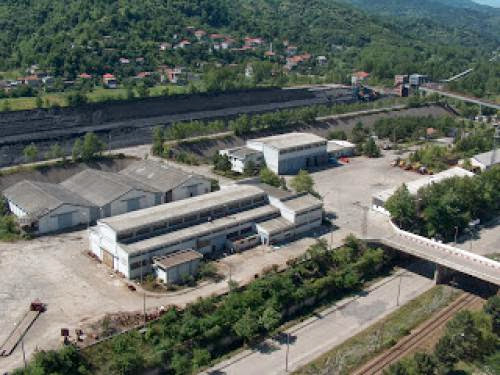Renewable Energy is energy derived from resources that are regenerative or for all practical purposes cannot be depleted. Sources such the sun and the wind, can never be exhausted and therefore called renewable. They cause fewer emissions and are available locally. Their use can, to a large extent, reduce chemical, radioactive and thermal pollution. They are a viable source of clean and limitless energy. These are the non-conventional sources of energy. Most of the renewable sources of energy are fairly non-polluting and considered clean except for biomass, a renewable source, is a major polluter indoors.
Sources of renewable energy or non-conventional energy are the sun, wind, agricultural residue, firewood and animal dung. Energy generated from the sun is known as solar energy. Energy derived from water is called hydroelectricity. Biomass is firewood, animal dung, biodegradable waste from cities and crop residue. It becomes a source of energy when it is burnt. Geothermal energy is energy derived from hot, dry rocks, magma, hot water springs and natural geysers. Ocean thermal is energy derived from waves and tidal waves.
Solar Electricity
When it comes to renewable energy, the most powerful and useful is the sun. The sun is available from sunrise to sunset and produces an unimaginable amount of energy each and everyday. What solar collectors do is to harness the energy from the sun in the form of radiation to be usable forms of energy such as heat and electricity, Solar cells in particular converts the sun's energy into electricity. With technology being so advanced, solar cells are taken to a new level. There are recreational vehicles, cell phones and cars.
Solar Heat
Solar heating systems rely on a source of bright light, a surface or liquid that can absorb light and a storage device for the resulting heat generated. A greenhouse is a good example of this effect. Solar heat is by far the cheapest and most practical form of renewable energy in the world. Some practical uses are water heaters, ovens, cookers and home heating.
Wind Energy
From times long, long ago, sailing ships depended on the energy of the wind to get across oceans. Likewise wind energy was also used to work windmills for pumping water. Today, wind power is being used as a clean source of electricity around the world. Wind farms, as they are often called can provide enough electricity for thousands of homes at a time. The power of wind is used to turn turbines, which in turn is connected to an electrical generator and the gearbox inside the generator converts the energy of the spinning turbine into electricity.
Water Power
Hundreds of years ago, waterwheels were used to provide power for grain mills and lumber cutting. Hydroelectricity, as it is called today, produces over 60% of the electricity in Canada and 60% in the United States.












0 comments:
Post a Comment